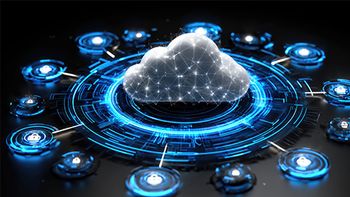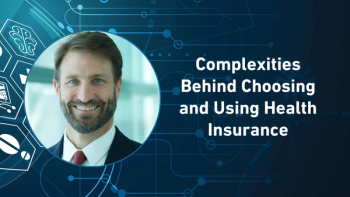
- Pharmaceutical Commerce - January/February 2011
E-prescribing turns into a marketing and drug-substitution battleground
PBMs wrestle with state efforts to limit communications at the point of dispensing
After years of slow uptake, e-prescribing—writing prescriptions electronically rather than on slips of paper—is undergoing widespread adoption (spurred in part by incentives to prescribers from HHS). Several companies are using the communication pathway now being created to add in other messages, ranging from coupons or vouchers for rebates, to medication guide information, to reminders for patient intervention at the pharmacy. PBMs, where they are part of the transaction, would like to include information on less expensive generic substitutions. Behind the scenes, though, an effort has being going on at state legislatures to forbid so-called third-party communications (aside from, apparently, the pharmacy and the prescriber). And that opens up a new battlefield for insurers, PBMs and various patient-services providers.
According to the Pharmaceutical Care Management Assn., the Washington trade group for PBMs, 11 states (IN, KS, MS, MO, NE, NM, NJ, ND, OK, PA and SD) have legislation pending to ban third-party communications. PCMA claims that this could restrict important information about drug interactions; pharma representatives claim that the communications are “intrusions, driven by financial interests,” that “rarely have the patient’s best interests at heart,” according to testimony of a Pfizer representative to the Nebraska House Human Services Committee.
This is but the latest blip in the tortuous history of establishing e-prescribing. In earlier years, there were laws on the books of some states that prohibited any intervention by anyone between the writing a scrip and the delivery to a pharmacist; now, there are well-established networks in place and growing acceptance of the practice (SureScripts, one of the largest network operators, reported a year ago that e-prescription activity had tripled in 2009, to 191 million scrips, from the previous year). Along the way, medical professions have complained that, basically, doctors don’t want to be bothered with typing on a keyboard. But now, the prevention of medical errors from misinterpreted prescriptions, combined with the inherent efficiencies of digital transmission of prescribing data, could be at risk.
Articles in this issue
almost 15 years ago
OTC and Retail Purchases Round out the View of Patient Behavioralmost 15 years ago
The Changing Face of Today's PAPsalmost 15 years ago
NCPDP Standards for Accurate Billing, Reimbursement and Accessalmost 15 years ago
Cadence Pharma Launches a 50-Year-Old Product: Acetaminophenalmost 15 years ago
Is There Life After the Lab?almost 15 years ago
Adverse Event Reporting: At the Front Lines of Drug Safetyalmost 15 years ago
IT Predictions for 2011 from IDC Health InsightsNewsletter
Stay ahead in the life sciences industry with Pharmaceutical Commerce, the latest news, trends, and strategies in drug distribution, commercialization, and market access.



